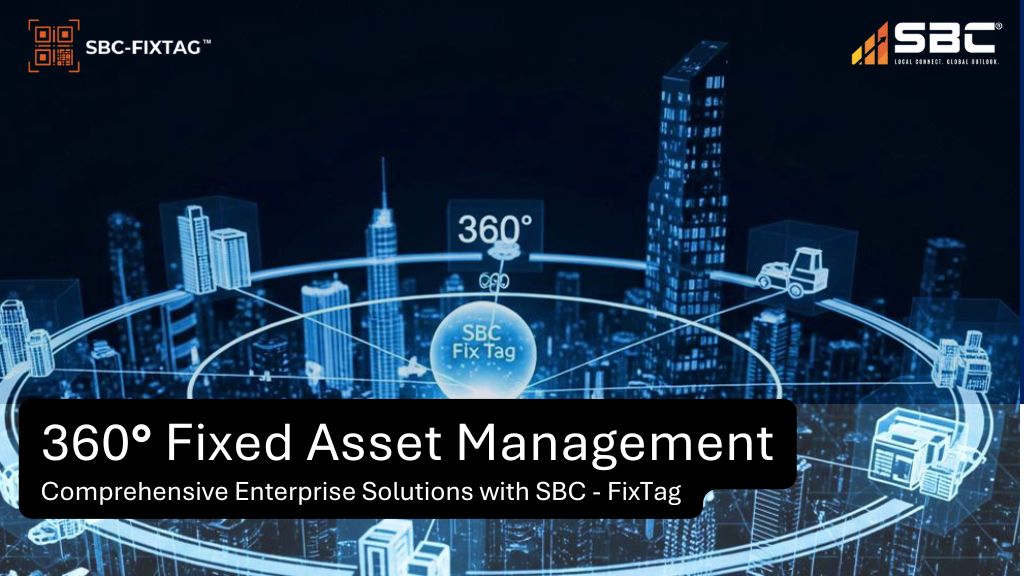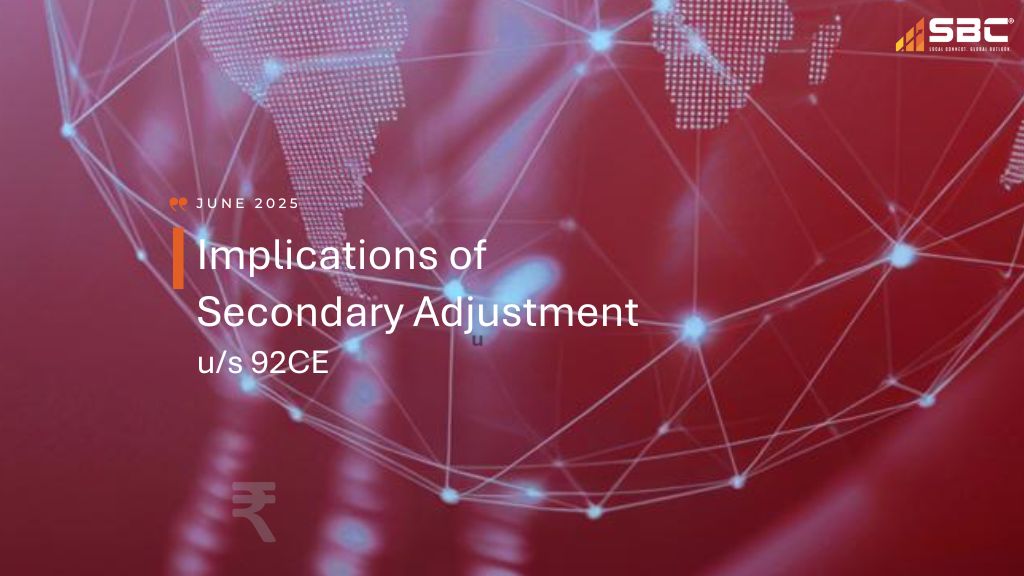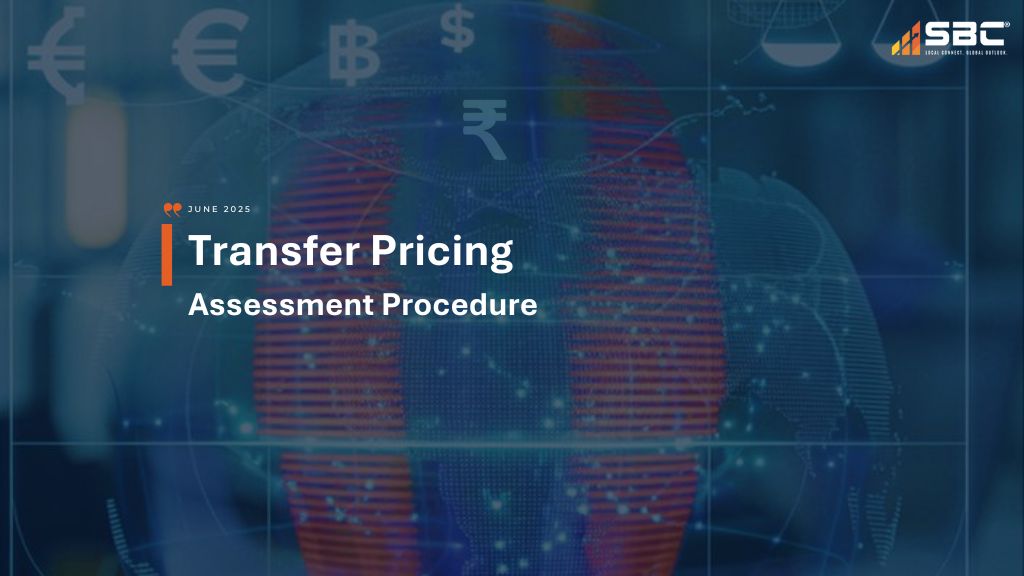Key Valuation and Regulatory Insights on Acquiring a Tech Driven/R&D Company in India
Home > Key Valuation and Regulatory Insights on Acquiring a Tech Driven/R&D Company in India

March 6, 2025
When a buyer company acquires a research and development (R&D) driven business in India, the process involves much more than just assessing financial metrics.
Beyond the traditional valuation methods, there are unique considerations tied to intellectual property, innovation potential, and regulatory frameworks that govern the R&D landscape.
In this article, we delve into the key valuation approaches and related regulatory aspects that come into play during such acquisitions, helping both buyers and sellers navigate the complexities of these strategic deals in the rapidly evolving Indian market.
NEED FOR VALUATION
Determining Fair Market Value (FMV):
Valuation helps establish the fair market value of the R&D unit’s tangible and intangible assets, ensuring the acquisition price is justified.
Tax Compliance:
Proper valuation is essential for adhering to tax regulations, including compliance with the Indian Income Tax Act, FEMA, and transfer pricing rules.
Determining Synergies:
Valuation helps assess the strategic fit of the R&D unit within the acquirer’s existing business model, identifying potential synergies or efficiencies from the acquisition.
Negotiation Leverage:
Accurate valuation provides both parties with a solid basis for negotiation, reducing the potential for conflicts and ensuring that the buyer does not overpay
Regulatory Requirements
in India
Foreign Exchange Management Act (FEMA):
If the transaction is with a foreign company/ Non-resident, the pricing of shares of the Indian R&D company must comply with guidelines on valuation to prevent undervaluation or overvaluation RBI mandates an independent valuer be appointed to conduct the valuation in cross-border acquisitions.
Valuation is typically required by:
• A Category I Merchant Banker registered with SEBI, or
• A Chartered Accountant following internationally accepted pricing methodologies.
Income Tax Act, 1961:
• Section 56(2)(viib): This provision requires shares issued by a private company to be at fair market value.
• Rule 11UA/11UAE: These rules provide specific methodologies for determining the fair market value of shares and assets
• Section 9(1)(i): This section deals with income arising from the transfer of capital assets or the sale of intellectual property. For foreign investors, this section is significant as it deals with the taxability of capital gains in India, including the sale of IP rights.
Understanding the scope of this section is vital for structuring the deal to minimize adverse tax implications for both the buyer and seller.
• Transfer Pricing Regulations: If the R&D unit involves cross-border transactions, an arm’s length pricing assessment is mandatory.
Companies Act, 2013:
Valuation is needed for asset or share transfers to determine the fair value, to be performed by a Registered Valuer only.
Valuation Approaches
The valuation process serves as the foundation for negotiations, legal compliance, tax planning, and overall business strategy.
Income Approach:
Discounted Cash Flow (DCF) is commonly used to value R&D units based on their future revenue potential from innovations or intellectual property (IP).
Market Approach:
Comparable transaction multiples or industry benchmarks may be applied, especially for tech/R&D-oriented businesses.
Cost Approach:
If the R&D unit is pre-revenue or in the nascent stage, its value may be derived based on the replacement cost of assets, infrastructure, or skilled personnel.
Specific Considerations for R&D Valuation
Intangible Assets:
• Accurate valuation of patents, technologies, trademarks, trade secrets, and other IP created by the R&D unit need specialized valuation using methods like Relief-from-Royalty or Excess Earnings.
• Synergies & Strategic Benefits: The valuation may incorporate the strategic benefits to the acquiring USA company, like integration into its global R&D network.
• Stage of Development: The lifecycle stage (early-stage vs. established products) affects the valuation approach
• Tax and Regulatory Incentives: India offers specific tax benefits for R&D, such as under Section 35(2AB). These should be factored into cash flow projections.
Cross-Border Challenges
• Currency Risk: The valuation must account for exchange rate fluctuations between currencies.
• Regulatory Approvals: RBI approval might be needed for fund inflow/outflow, depending on the structure of the acquisition. IP Ownership Transfer: Ensure compliance with Indian IP laws and review existing agreements to avoid complications.
Documentation & Reporting
• A valuation report must be prepared in compliance with accounting and regulatory standards, ensuring transparency and defensibility.
• Engage a qualified valuation professional or firm with expertise in cross-border transactions.
How can team SBC help ?

Verify Email
Verify your email address below to download the PDF
CONTACT US
RELATED POSTS
-
 24 Sep 2025Transfer Pricing (TP) Compliance Developments in Mauritius - Finance Act 2025
24 Sep 2025Transfer Pricing (TP) Compliance Developments in Mauritius - Finance Act 2025 -
 24 Sep 2025360° Fixed Asset Management
24 Sep 2025360° Fixed Asset Management -
 20 Jun 2025Implications of Secondary Adjustment u/s 92CE
20 Jun 2025Implications of Secondary Adjustment u/s 92CE -
 16 Jun 2025Transfer Pricing Assessment Procedure
16 Jun 2025Transfer Pricing Assessment Procedure -
 31 May 2025ITAT Delhi Ruling on Treaty Abuse Allegation and DTAA Benefits
31 May 2025ITAT Delhi Ruling on Treaty Abuse Allegation and DTAA Benefits



